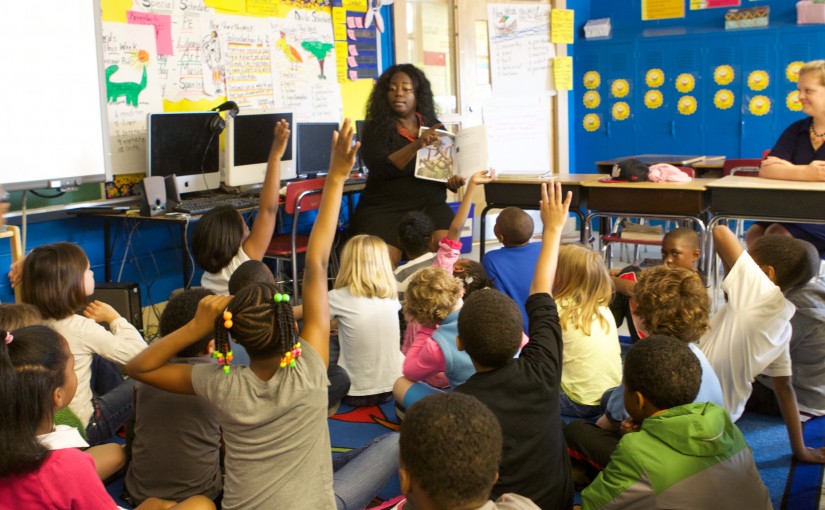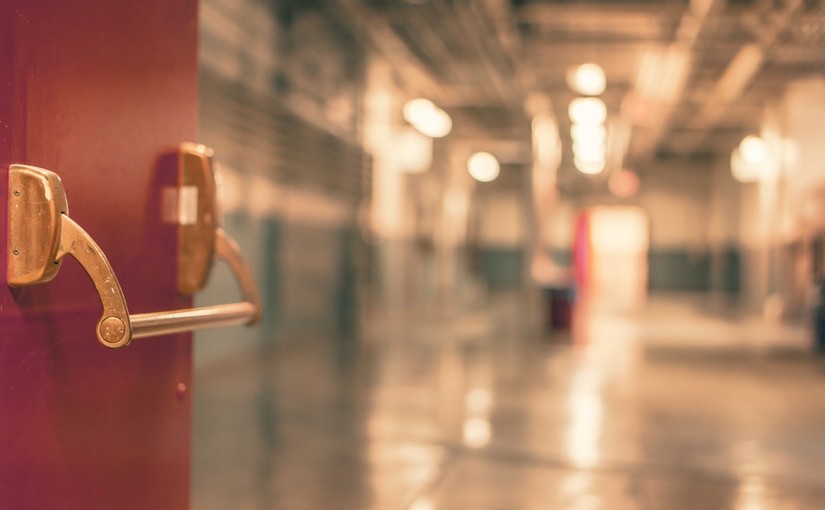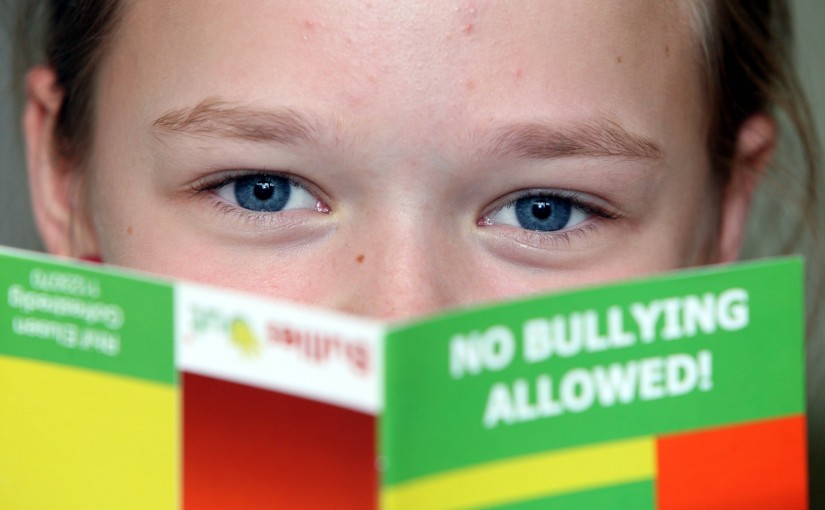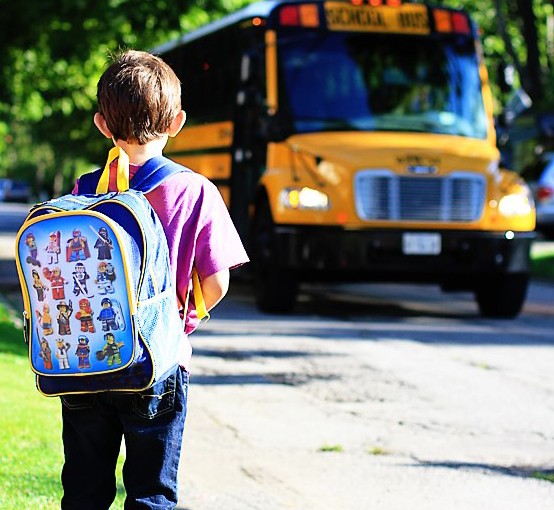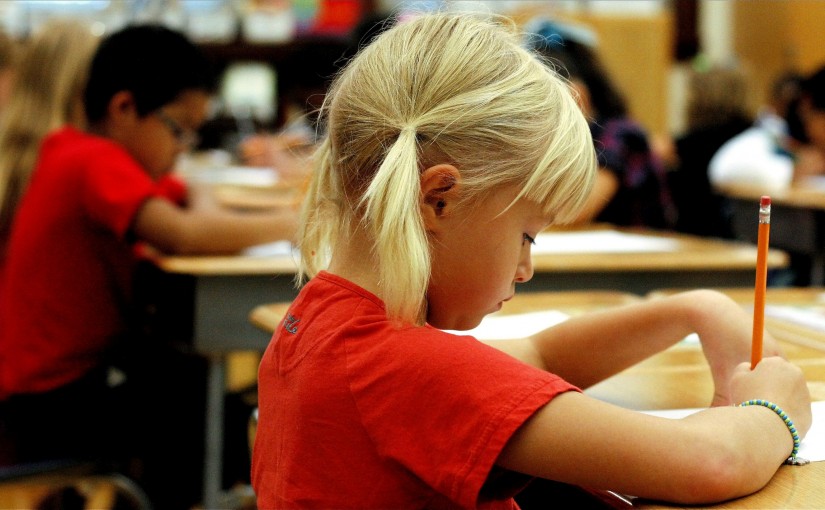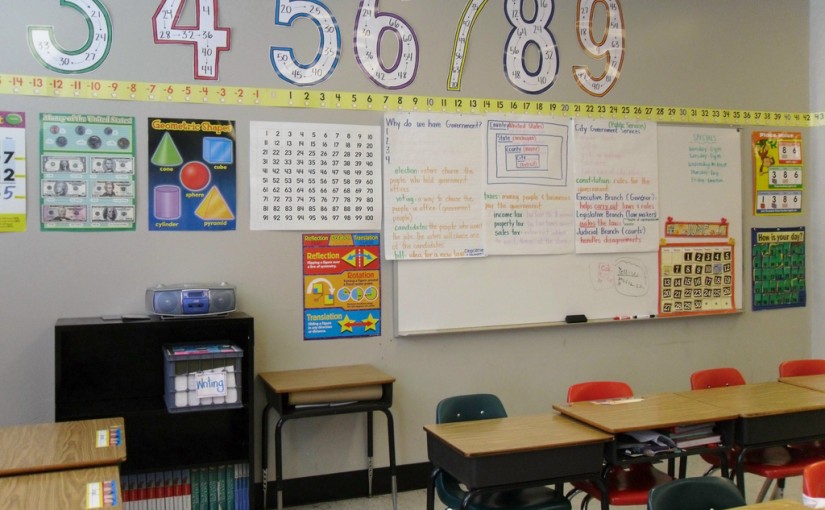When you think of children in the classroom, it is likely that your mind turns to studious heads bent low over notebooks, textbooks and worksheet handouts. It is likely you think of children turning in handwritten assignments, and if they are very young, learning to read and write like you did as a child. It is unlikely, however, that you think of those same children leaning over tablets and computers, playing educational games and sending in assignments that are typed, but this very picture is becoming a reality in a lot of classrooms around the country. Tablets and computers in the classroom offer some very distinct advantages to the elementary school student beyond just the novelty of using a computer in class. Electronic devices such as computers and tablets really are the way forward. Keep reading to learn why this is.
Interactivity
Web 2.0 technologies in the classroom are quite interactive. They allow students to write, publish and edit which are important workforce skills. Students are also encouraged to collaborate with other learners who may have different learning styles. This builds teamwork skills, as well as helping students become effective communicators with a wide variety of other students in classrooms across the country. This exercise also encourages problem-solving as students may have to work around such issues as language barriers and accessibility needs of others they come into contact with. Furthermore, this increased interactivity allows students to have an authentic learning experience in a way that is difficult to reproduce in physical space.
Accommodating Differentiated Learning
Not all students learn in the same manner. Computers and tablets in the classroom can help every student, based on learning style. Education no longer has to be simply a matter of writing and memorizing facts. Students can be shown how things happen, and in some cases they can actually have a chance to do things hands-on, even virtually. Also, for those students who have English as a second language, or those with learning disabilities there are podcasts and vodcasts, which allow students to have the content read aloud to them, and also to go back and study content which they have previously had difficulty with at any time.
The STEM Subjects and Digital Literacy
STEM is an acronym that stands for Science, Technology, Engineering and Math. These skills are all very important if a student plans on entering the job market later in life. It is important to start teaching children these necessary tasks even in the early elementary years. Furthermore, an increase in digital literacy early on means that children, by the time they are ready to find a job, will already be familiar with computers and tablets, and will not have to take classes on basic computer use before seeking that first job or college education, as many college classes also have a computer component.
Learning early use of computers is overall an important skillset for students, and what better place to learn than in the classroom? Computer-aided curricula allow students to become better problem solvers. They also learn to more effectively manage as team players, to anticipate and work with the needs of others, and to positively collaborate with children who may be quite different than themselves. Further, technology in the classroom allows for the lesson materials to be tailored to a child’s individual learning style. Computer-aided lessons also allow for a hands-on experience and incorporation of the STEM subjects into the curriculum. Therefore, having computers in the classroom really is the way to proceed.

